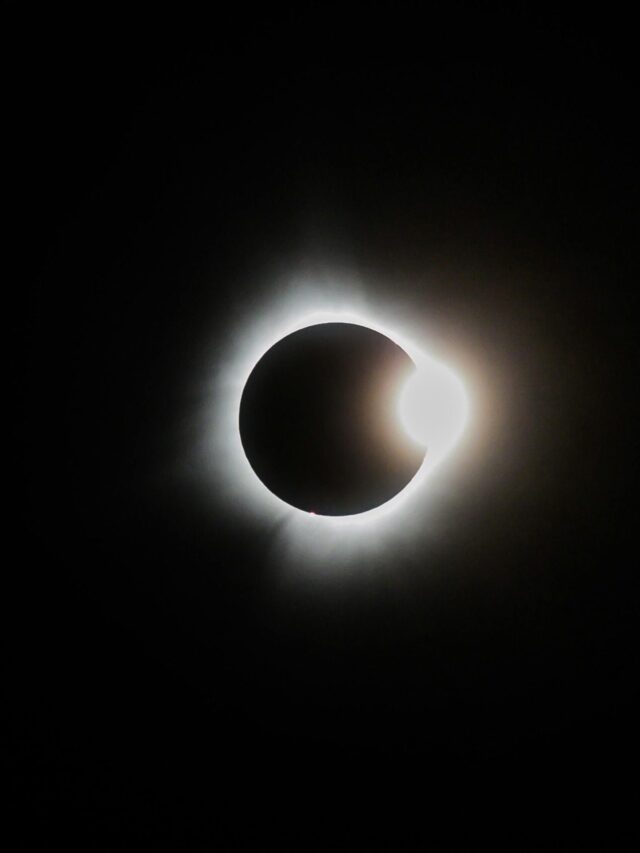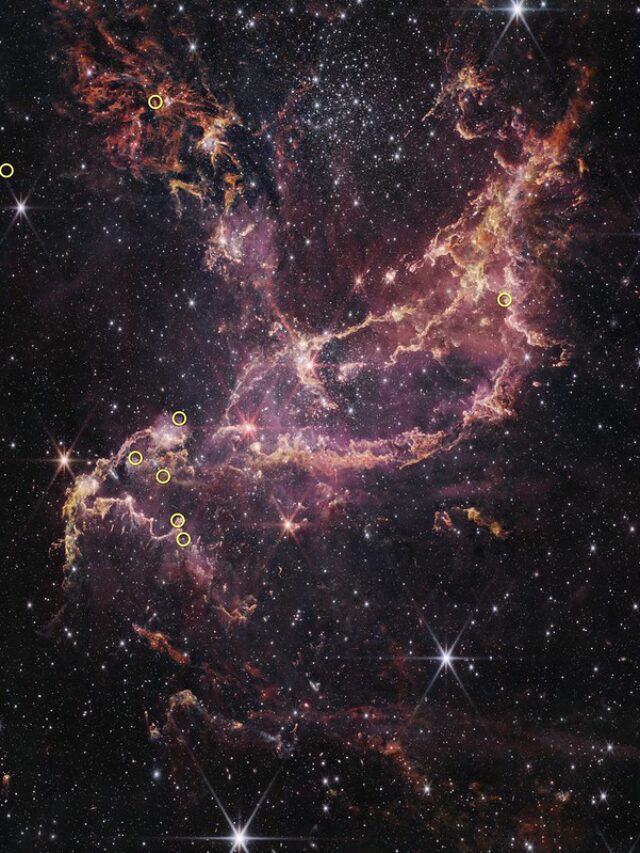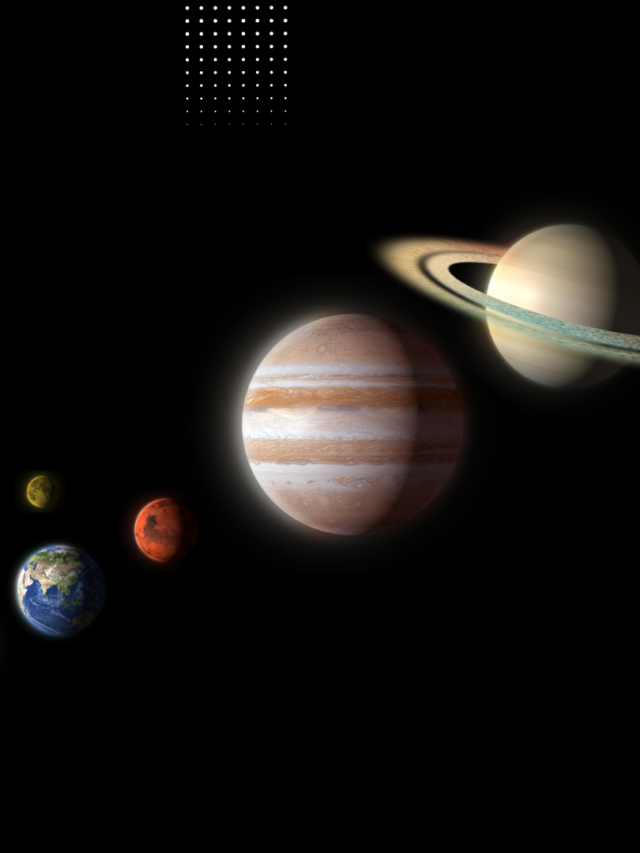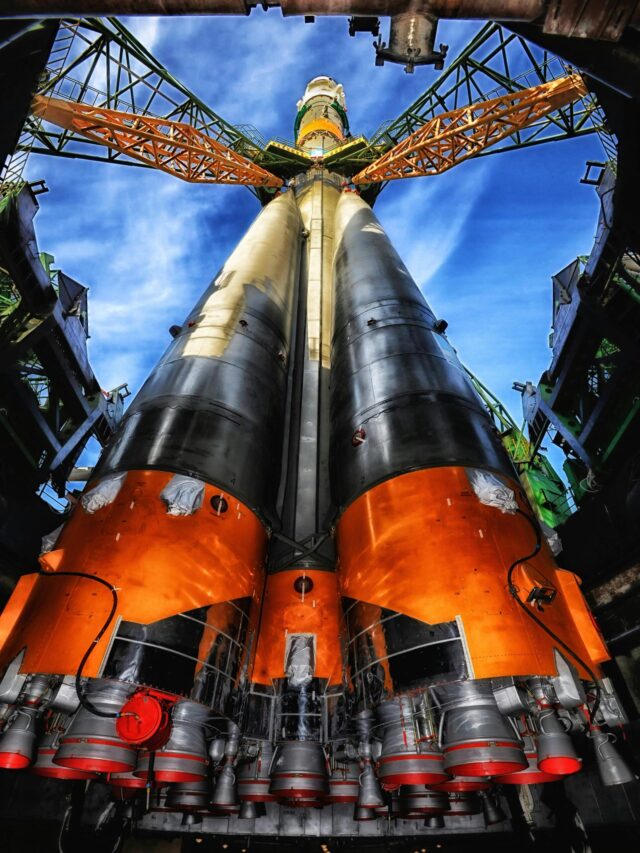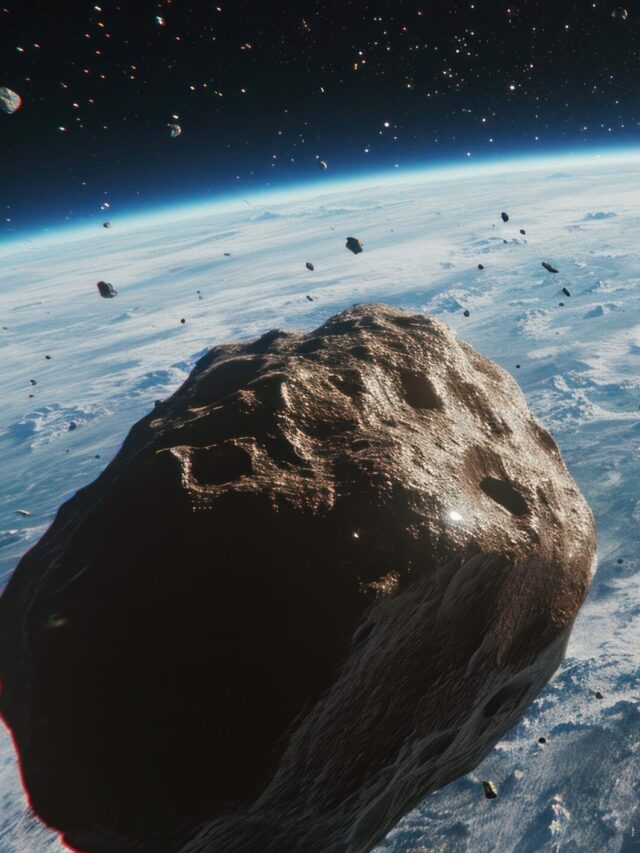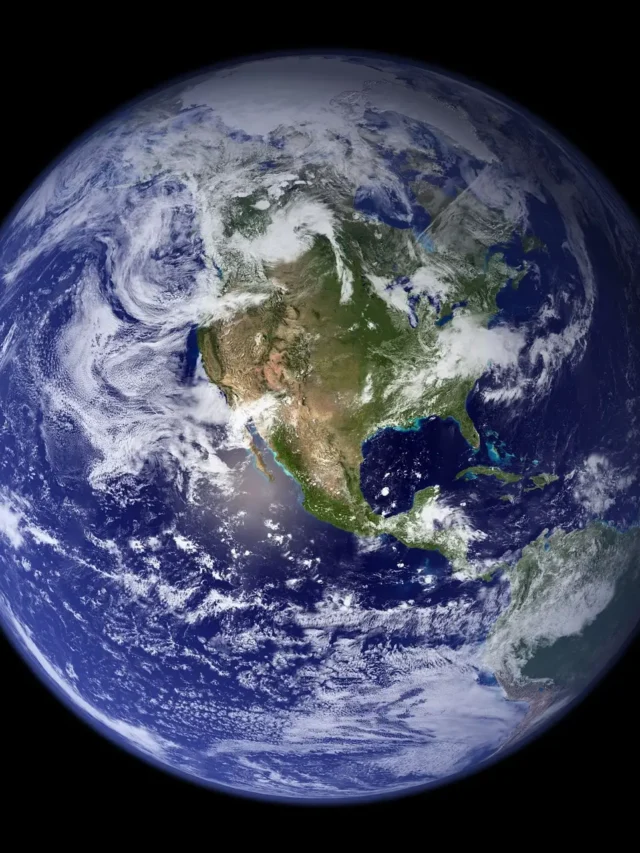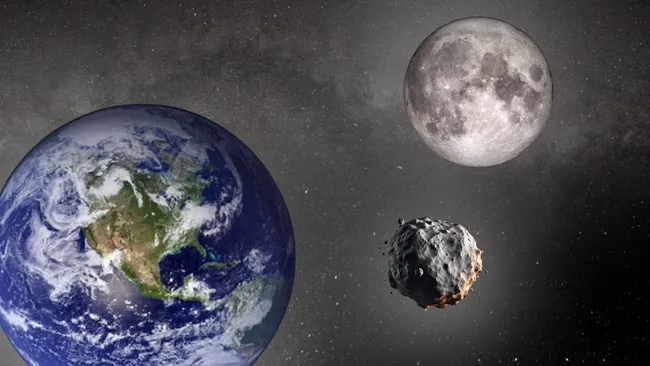Introduction
Meteor vs Asteroid Ever gazed up at the night sky and wondered about the streaking lights or heard about massive celestial rocks lurking in space? The terms “meteor” and “asteroid” often pop up in conversations about space, but what’s the real difference? Let’s clear up the confusion and dive deep into these fascinating space phenomena.
The Basics
What Is an Asteroid?

Asteroids are rocky, airless remnants left over from the early formation of our solar system. These celestial bodies orbit the Sun and are primarily found in the asteroid belt between Mars and Jupiter. Unlike planets, they’re too small to maintain a spherical shape, but they hold significant scientific interest for their role in solar system history.
What Is a Meteor?

Meteors, often referred to as “shooting stars,” are not stars at all! They’re small fragments of rock or metal that burn up upon entering Earth’s atmosphere. When a meteor survives its fiery descent and lands on Earth, it’s called a meteorite. This journey is what makes meteors so captivating to watch.
Origins and Composition
The Origins of Asteroids
Asteroids formed over 4.6 billion years ago when the solar system was still a swirling disk of gas and dust. While most of this material became planets, leftover chunks formed the asteroid belt, home to millions of these rocky bodies.
The Origins of Meteors
Meteors are fragments that break off from comets, asteroids, or other celestial objects. They might originate from asteroid collisions or as remnants of a comet’s dusty tail.
Composition Differences
Asteroids often consist of metal, rock, or a combination of both, while meteors, being fragments, can vary widely in composition. Their makeup influences their behavior and the stunning light they emit during entry into Earth’s atmosphere.
Movement and Size
How Asteroids Move
Asteroids follow elliptical orbits around the Sun, influenced by the gravitational pull of planets. Occasionally, their paths bring them close to Earth, sparking interest and concern.
How Meteors Move
Meteors move fast—up to 72 kilometers per second! When they collide with Earth’s atmosphere, the resulting friction generates heat, causing them to glow brilliantly.
READ MORE: Could an Asteroid Destroy Earth?
Visibility and Impact
Seeing Asteroids
Most asteroids are visible only through telescopes, though some large ones can occasionally be seen as faint points of light. Close flybys are rare but highly anticipated by scientists and enthusiasts alike.
Witnessing Meteors
Meteors can light up the sky in spectacular displays, particularly during meteor showers like the Perseids. These events occur when Earth passes through debris left by comets.
Risks and Threats
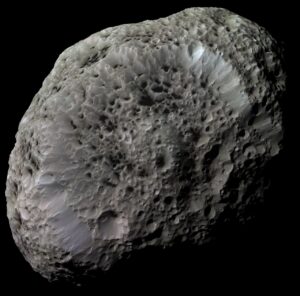
Asteroid Impact Potential
Large asteroids pose a catastrophic risk if they collide with Earth. The Chicxulub asteroid, linked to the extinction of dinosaurs, is a famous example of the potential for destruction.
Meteor Risks
While meteors are generally smaller and burn up in the atmosphere, larger ones can cause damage. The Chelyabinsk meteor of 2013 shattered windows and injured over 1,000 people.
Cultural and Scientific Significance
Asteroids in Pop Culture
From Hollywood blockbusters like Armageddon to documentaries, asteroids capture human imagination with their potential for disaster and mystery.
Meteors in Folklore
Shooting stars have been considered omens, wishes, or divine messages throughout history, adding a touch of romance to their scientific intrigue.
The Role of Space Agencies
Tracking Asteroids
Organizations like NASA and ESA actively monitor asteroid movements to assess potential threats. Missions like OSIRIS-REx aim to study them up close.
Studying Meteors
Meteorites, the remnants of meteors, offer invaluable insights into the composition and history of celestial objects. They’re like space’s very own postcards.
Conclusion
Meteors and asteroids might seem similar at first glance, but they’re distinct in their origins, behavior, and impact on Earth. Understanding these differences not only satisfies curiosity but also helps us prepare for potential cosmic challenges.
